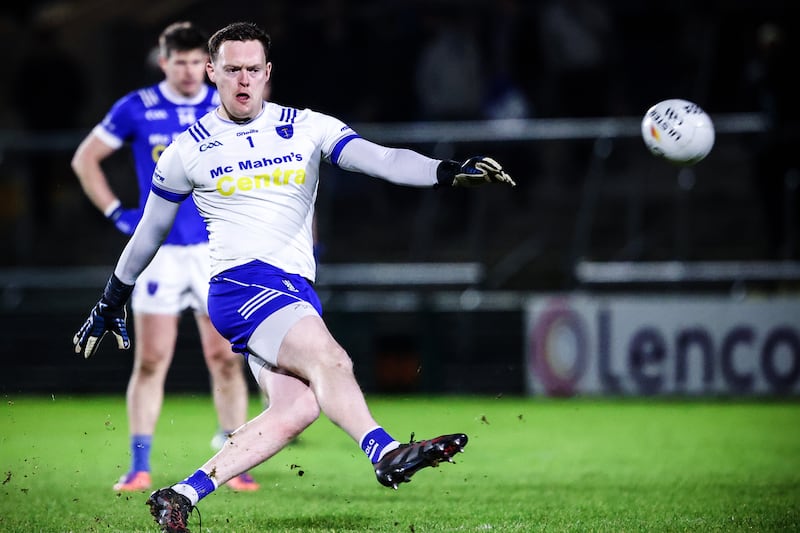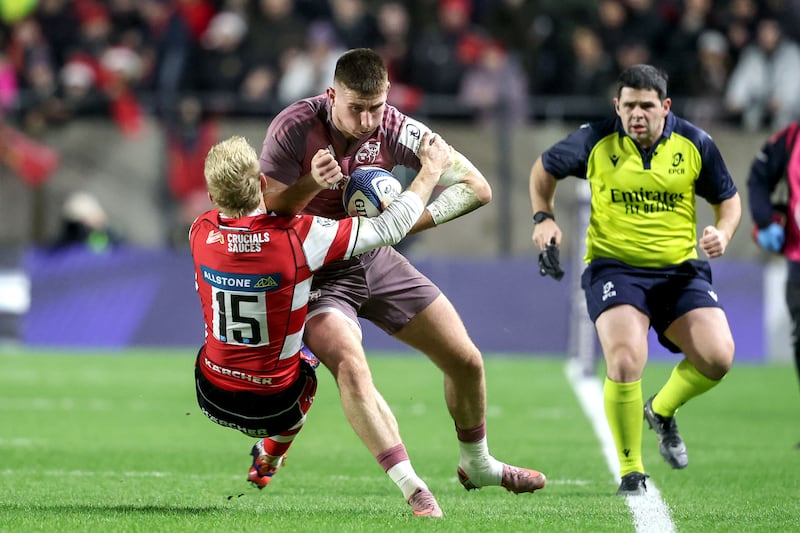The food that landed on my doorstep last Monday at lunchtime was manna from heaven, or as close to it as you can get in 21st-century Clonsilla.
It was a four-pack of Cadbury ice-creams rather than a mysteriously tasty early morning dew, but it did come from the heavens courtesy of Manna, an Irish drone delivery service that is promising to revolutionise food ordering forever.
After successful delivery runs in the midlands and west, a more extensive trial is taking place in Dublin 15 and it is now so popular that residents no longer seem fazed by the wizardry going over their heads.
Notwithstanding that familiarity, the Manna operation is, by any measure, remarkable and marries the very simple and the very, very complex in a way that would have seemed unimaginably futuristic a decade ago.
READ MORE
First I download the app and input an Eircode to ensure delivery is possible. My home lies outside the trial zone so I’m using an alternate address that gets the thumbs up after which I’m presented with a list of restaurants, cafes and ice-cream parlours in a cluster near Blanchardstown Centre that have signed up to the service.
There is the burrito business Boojum, Eddie Rockets and a handful of other hot food options. However, to get a sense of how it works without having a sit-down meal in someone else’s driveway, I buy ice-creams from the appropriately named Heavenly Cafe at a cost of €6.25 to which I add a further €3.99 to cover delivery.
Then it’s up, up and away.
Well, nearly. Before the order can be processed, I must assure Manna that the delivery zone will be free of people and pets and confirm that no trees, power lines or parked cars will impede the drone as it goes about its business – if it finds that I have lied or if it encounters any obstacles, its mission will be aborted.
Once the checklist is checked, the countdown begins.
It is 1.55pm and I’m given a delivery time of 2.06pm. It seems fast but Denis Houston, the Manna operations manager who is guiding me through the process, tells me that depending on the time of day, deliveries can arrive in under three minutes.
I keep my eyes on the skies. First there’s the gentle whirring of propellers and suddenly the drone appears high over the house. It descends to 15 metres and hovers. A slot at the base of the drone – which is slightly larger than a suitcase – slides opens and a brown paper bag with my ice-creams is gently lowered on a piece of nylon string. Once it hits the driveway, the cord and the drone are decoupled and the flying machine is gone, off back to its base near the Blanchardstown Centre, travelling at 16 metres a second, to pick up another delivery.
Between 200 and 300 food deliveries are currently being processed daily by Manna with plans in train to roll it out across the capital this year, Houston says as we eat the ice-cream.
He fell into his role almost by accident five years ago. A software engineer, he thought his career path would take him into one of the tech giants but was convinced to join the start-up by founder Bobby Healy instead.
The company had planned to make its move into drone delivery in early 2020 until Covid knocked everything off course. Instead, Manna trialled contactless medicine deliveries at the height of the pandemic before returning to its restaurant roots.
It all sounds complicated but the hub is pretty basic. There are four mini helipads, two small sheds and three or four staff who take in the food from the restaurants and load it on to the drones which fly on autopilot to customers in Dublin. And that is pretty much that.
The drones can carry a payload of 3.5kg – roughly the weight of a takeaway meal for four – and Manna plans to co-locate more small hubs beside other restaurant clusters across the city
“A 3km radius works best,” says Houston. “Widening the radius would lead to longer delivery times so we’ll put in more delivery hubs instead.”
The speed of delivery can be guaranteed because the drones cannot get caught up in traffic so food will always be delivered hot – or in my case still freezing cold.
Houston downplays the impact the technology will have on jobs and the potential nuisance and safety issues of countless drones in the sky if the technology takes off in a big way – literally and metaphorically. He points out that a drone is less noisy, less dangerous and less intrusive than the cars currently handling many deliveries.
Drones will be an option but not the only one and more traditional deliveries will be with us for some time to come, Houston says. They will just be a whole lot slower.
- Sign up for push alerts and have the best news, analysis and comment delivered directly to your phone
- Find The Irish Times on WhatsApp and stay up to date
- Our In The News podcast is now published daily – Find the latest episode here





















